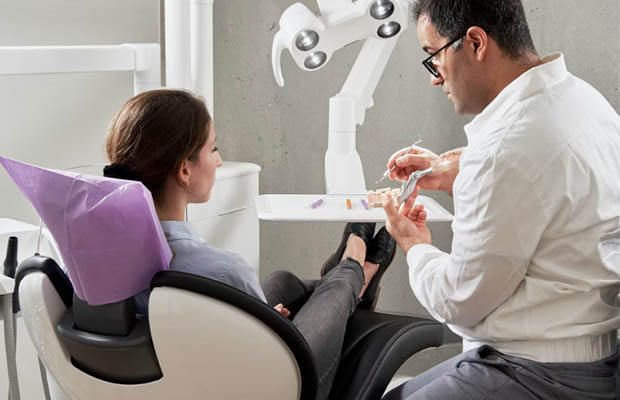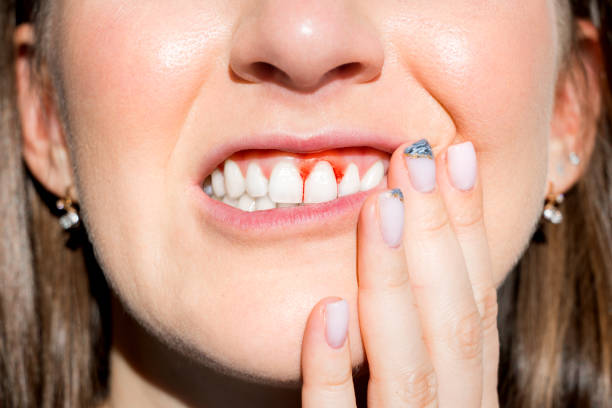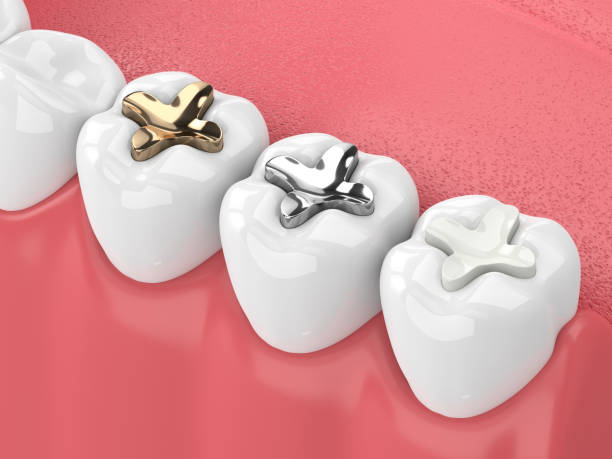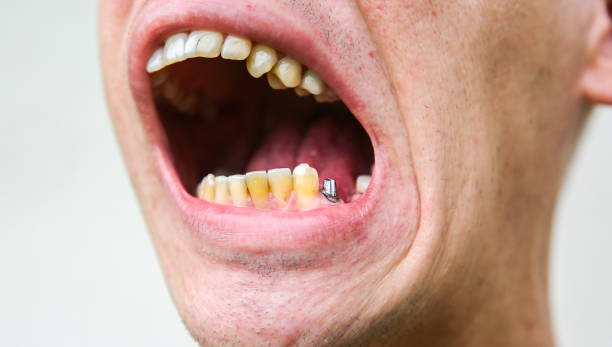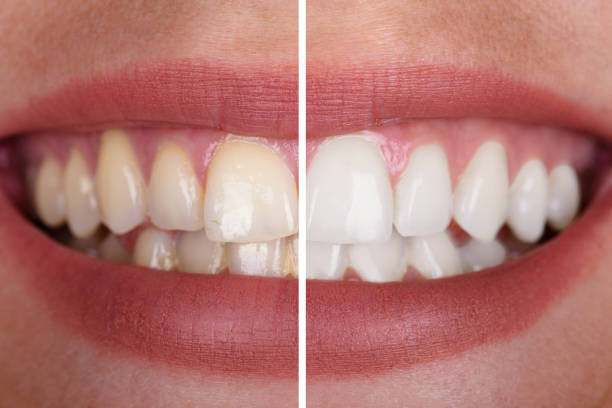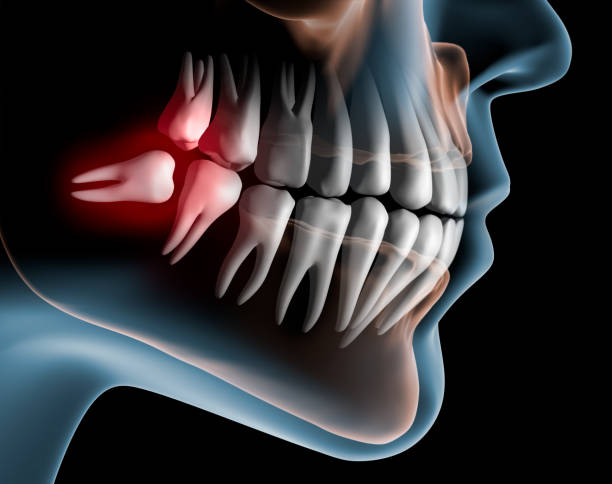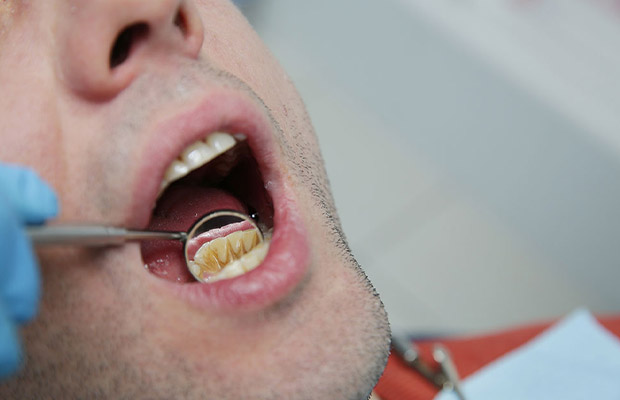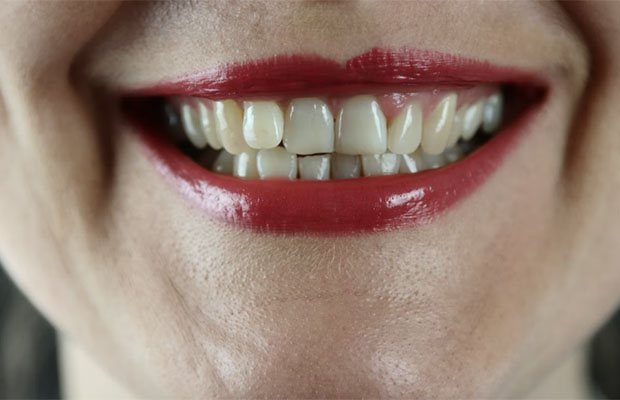An important aspect of overall wellness is oral health. How long should I brush my teeth to get the best results? Maybe on your mind if maintaining good oral hygiene is important to you.
Brushing habits differ from person to person, but many dentists agree that proper brushing takes at least two minutes while many insist that people must brush for three minutes — one and a half minutes on both the upper teeth and the bottom teeth. Along with brushing frequency, it’s crucial to take other factors, such as how you brush your teeth, the brush you use, and others, into account.
Continue reading to find out more about the best brushing practices, such as how long you should brush your teeth, and mistakes we should avoid.
Table of Contents
How Long To Brush My Teeth?
The American Dental Association (ADA) currently advises two minutes of brushing twice daily. You won’t get as much plaque off your teeth if you brush for under two minutes.
You are not alone if two minutes seems like a long time compared to what you have been doing. According to the authors of a 2009 study, most people only brush for about 45 seconds.
The study examined the impact of brushing duration on plaque removal in 47 individuals. According to the findings, brushing for two minutes instead of just 45 seconds could help remove up to 26 percent more plaque.
If you don’t brush your teeth for a sufficient amount of time, you might not be cleaning them thoroughly because bacteria that are missed can cause serious issues like gingivitis or periodontitis.
How To Brush My Teeth Properly?
Use a good brushing technique in addition to brushing your teeth for the recommended amount of time.
The ADA has created the following recommendations for proper brushing:
- Maintain a 45-degree angle with your gums while holding your toothbrush.
- Brush with short strokes that are about one tooth wide.
- Apply light pressure as you brush your teeth’s outer surfaces by moving your toothbrush back and forth along them.
- Brush your teeth along the chewing surfaces in a back-and-forth motion.
- Hold your toothbrush vertically and brush it up and down along the inner surfaces of your teeth to properly clean them.
- To get rid of the bacteria that causes bad breath, give your tongue a few back-and-forth strokes.
- Following use, rinse your toothbrush.
- Keep your toothbrush upright when storing it. Make sure that toothbrushes don’t touch one another if you, your partner, your roommate, or members of your family store them in the same location. Instead of keeping your toothbrush in a closed toothbrush holder, let it air dry.
Additionally, it’s a smart idea to floss once daily before brushing. The food and plaque between your teeth that your toothbrush can’t reach can be removed with the aid of flossing.

What Time Is Ideal For Brushing Teeth?
Some dentists might advise brushing right after every meal. However, if you brush twice a day, you typically do so twice a day: once in the morning and once before bed.
Try to wait at least one hour after breakfast if you normally brush right after eating. If you eat or drink anything acidic, like citrus, delaying brushing is even more crucial. Too soon after consuming acidic foods or beverages, brushing your teeth can remove enamel that has been weakened by the acid.
Consider brushing your teeth first if, for instance, you want to eat orange juice for breakfast but don’t have time to wait an hour. If you can’t do that, after breakfast, rinse your mouth with some water and chew sugar-free gum for an hour.
Which Type Of Toothbrush Ought To Use?
For best results, brush your teeth with a soft-bristled toothbrush. If you have a tendency to brush with a lot of pressure and a hard-bristled toothbrush, this could result in receding gums and cracked enamel.
As soon as the bristles start to wear out, fray, and bend, replace your toothbrush. It is a good idea to change your toothbrush every three to four months, even if the bristles don’t appear to be frayed.
Common Toothbrushing Mistakes
Few of us brush our teeth as thoroughly as we could, despite how simple it may seem to do so. Thankfully, there are solutions for mistakes where there are mistakes.
1. You Choose The Incorrect Brush.
How do you pick a brush from the dizzying array available at your neighborhood grocery store?
Make sure your brush can reach the areas that need to be reached, advises Farmington, Minnesota, dentist Kimberly Harms. That is the entire area that a toothbrush should be able to clean. Either a manual or a power toothbrush is acceptable. One rule, however, is inviolable, according to Harms.
Additionally, the brush’s head size matters, particularly if your mouth is smaller than average. Additionally, the handles of brushes come in a variety of sizes and angles. More flexible people than others.
Dentists concur that the bristles, which eliminate bacteria and loosen plaque from your teeth and gums, are the most important component. The tooth decay brought on by that plaque can also cause gum disease.
2. You Hold On Too Long.
It can be difficult to give up a good toothbrush once you’ve found one. However, it’s time to throw away the brush when you notice bristle changes, such as when they turn dirty-looking, discolored, or bent.
When the bristles sag, it loses their effectiveness. Therefore, swap it at least every three to four months. Additionally, it’s a good idea to keep your brush to yourself. Additionally, keep it outside to prevent bacteria or mold from growing on it when it gets wet.
3. You Make Extensive Use Of Your Teeth.
Harder brushing is not always better when it comes to oral hygiene.
Too-hard tooth brushing is one of the biggest problems that people encounter. They believe that they are not doing a good job if they don’t really attack the teeth, as if they were trying to clean the grout between the tiles in their bathroom.
You don’t need to scrub because the plaque is soft and loose.
4. You Rush.
At least twice a day, for two minutes each, you should brush your teeth. But you’re running late for work or class. Alternately, you want to go to bed. You must occasionally reduce the amount of brushing.
The average pop song lasts between two and three minutes if you can leave your headphones in while listening. So if you brush while listening to a song you enjoy, you’ve probably spent enough time there.
5. You Circle Around.
Going from left to right as you brush is a common brushing error. Think massage this time, not scrub.
In small, circular, up-and-down motions, begin at the gum and move downward.
6. You Overlook The Gum Line.
The area where your tooth and gum meet is frequently home to bacteria. It’s a place we really miss.
It turns out that brushing your teeth entails cleaning every tooth. or at the very least, everything that your brush can reach. And that also applies to the area directly beneath the gum.
Use the angle. “Malmstrom explains that the brush should typically be held at a 45-degree angle to the gum line. It reaches the gum line. Next, use rolling up-and-down strokes to cover the remainder of the tooth.
To clean the inside of your front teeth, tilt the toothbrush down. Brushing your tongue is also important. This will eliminate bacteria.
Keep in mind the tongue side. Oh yeah, everyone gets the visible part of their teeth, the outside. The chewing surfaces are also all brushed.
7. You Go In Too Soon.
It can be tempting to sprint to the bathroom as soon as you finish a meal to get rid of the leftovers. This is preferable to not brushing at all.
However, how long should you hold off? 15 or 20 minutes. Before you dive in, that is sufficient time for your mouth’s saliva to neutralize the acid.
8. You Can’t Change One Moment Into Something Wonderful.
Brush for at least 2 minutes twice a day, minimum. Don’t let up, every day.
Messina asserts that making sure that at least one of those occasions is exceptional may be equally important. Brushing, flossing, mouthwash—that is the entire process.
The Bottom Line
Regular tooth brushing is a crucial component of improving oral health. Although we may be accustomed to hearing that we should brush our teeth twice daily for two minutes each, it’s critical that we also focus on using the right technique to make sure that we’re brushing effectively. We can make sure we remove more plaque from our teeth by brushing for longer than two minutes.
Additionally, experts advise getting regular professional cleanings to keep your teeth healthy and to identify any early indications of tooth or gum problems that need to be treated.

